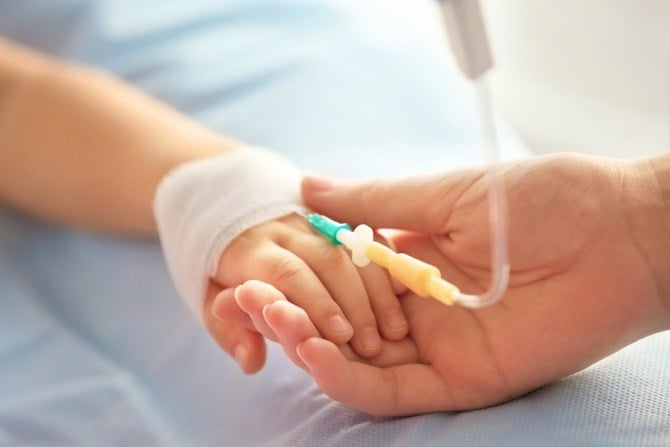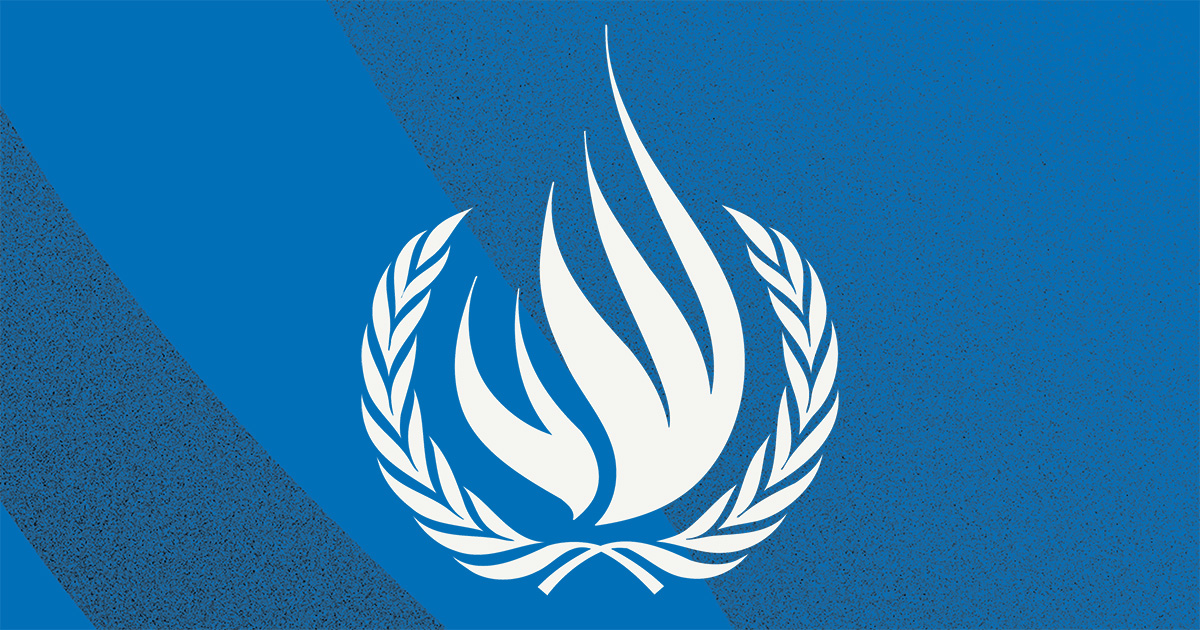
The UN Inter-Agency Group for Child Mortality Estimation last week released its latest report. The data suggests both good and bad news for children’s survival around the world.
The report found that 5 million children died before reaching their fifth birthday in 2021. Additionally, 2.1 million children and youths aged between five and 24 years also died in 2021. These deaths represent deep personal tragedies for the children’s families. They also represent an enormous loss of human potential.
Still, there has been significant improvement over the years. In 1990, the global under-five mortality rate was 93 per 1,000 live births. In 2021, that rate had dropped to 38 per 1,000 live births — a 59 percent decline. It is crucial to recognize this progress because it demonstrates the potential for drastically reducing child mortality.
The UN report notes that children face different dangers depending on their age. Children under five are at greatest risk, constituting 70 percent of child and youth deaths in 2021. An infant’s first month is especially perilous; 47 percent of deaths among under-fives occurred within the first 28 days, according to the report.
Child mortality rates also vary significantly based on where the child lives and their socioeconomic environment. Geographically, sub-Saharan Africa and Southern Asia experience the worst child mortality. While the global under-five mortality rate in 2021 was 38 deaths per 1,000 live births, sub-Saharan Africa’s rate was 74 deaths per 1,000 live births. Countries that rank lower in economic development also tend to face higher child mortality rates; the under-five mortality rate in high-income countries was five deaths per 1,000 live births compared to 67 deaths per 1,000 live births in low-income countries.
This UN report and other sources offer insights into the challenges of further reducing child mortality and the reasons behind many of the geographical and socioeconomic disparities. A lack of clean water and insufficient nutrition are major problems. Communicable and infectious diseases and insufficient healthcare are other common contributors to child mortality. For children living in conflict zones, the risks are even greater; the report notes that the under-five mortality rate in countries “classified as fragile and conflict-affected situations was triple the rate in all other countries.”
Newborn babies are most affected by medical care during a mother’s pregnancy and during birth, according to the report. Other experts have noted that those who lack access to healthcare may miss vital prenatal care. Many women also struggle to access medical care when giving birth, especially if they live far from medical facilities. Even those who can access care might face overwhelmed medical staff and facilities that often lack basic lifesaving drugs and equipment for newborns.
Children who survive the neonatal period face other dangers, especially before the age of five and particularly when they live in low- and middle-income countries or conflict areas. Communicable and infectious diseases such as pneumonia, malaria, measles, tuberculosis and diarrhea are major culprits. Malnutrition is another threat.
Malnutrition weakens a child and exacerbates other risks, so ensuring sufficient nutrition is essential for all ages.
Kerry Boyd Anderson
Children over five years old remain vulnerable to disease and malnutrition, but injuries and violence become important factors. Teenage girls can face risky pregnancies. In some places, drugs also pose a threat.
The COVID-19 pandemic exacerbated these problems. The UN report aligns with other studies in suggesting that direct deaths from COVID among children and youths were low. However, the report and other experts express concern about the indirect impacts, as the pandemic placed additional strains on fragile healthcare systems and redirected resources away from fighting maternal and child mortality. The pandemic’s economic impacts also affect children’s well-being. An especially significant concern is that the pandemic derailed and delayed child vaccination efforts in some parts of the world; the full impact on child mortality will take a few years to show up in data, but reduced vaccination puts many children at risk from preventable diseases.
The world is capable of further progress in reducing child mortality. The report notes that several countries have made significant progress despite few resources. It highlights low- to middle-income countries such as Eritrea, Ethiopia, Malawi, Uganda, Bangladesh, Mongolia, Uzbekistan and more as outpacing the global decline in child mortality. Their examples demonstrate that countries can reduce child mortality even without extensive economic resources.
The UN report is more focused on providing data than issuing specific recommendations, but it does call for greater investment in data collection. Extensive gaps in data on child mortality hinder efforts to address the problem.
Other experts have provided recommendations for addressing child mortality. A child’s health starts in the womb, so prenatal nutrition and care is an excellent start. Ensuring that a woman has access to care during and after birth is key. Training midwives can expand access, especially for women who do not live near medical facilities. Ensuring that clinics and hospitals have basic drugs and equipment to treat struggling babies is important when women do reach help.
Malnutrition weakens a child and exacerbates other risks, so ensuring sufficient nutrition is essential for all ages. Vaccination is one of the best tools for protecting children under five, so it is critical to regain ground lost during the pandemic. Access to clean water, good sanitation and healthcare is vital.
These interventions all require investment. While donor fatigue is understandable, basic steps such as childhood vaccination, ensuring access to clean water and training midwives are relatively low-cost interventions with huge impacts on human and economic development. In other words, supporting children’s health is a good investment.
• Kerry Boyd Anderson is a writer and political risk consultant with more than 18 years of experience as a professional analyst of international security issues and Middle East political and business risk. Her previous positions include deputy director for advisory with Oxford Analytica.
Twitter: @KBAresearch










